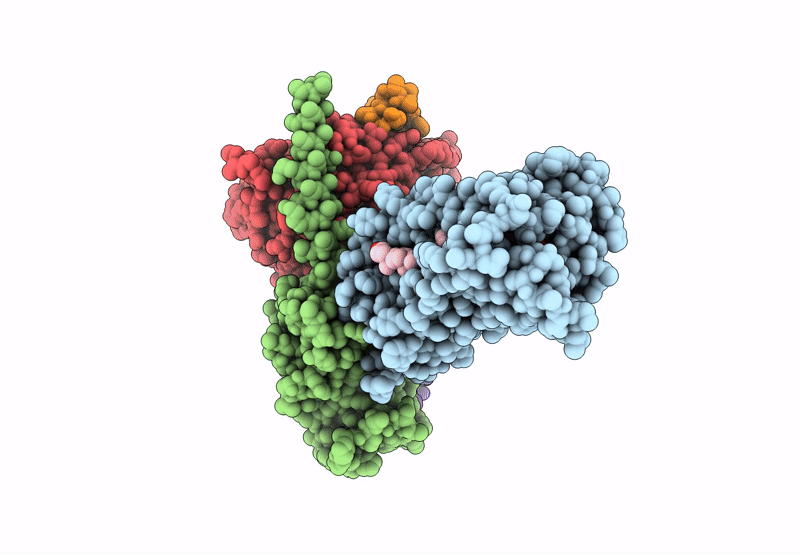
Deposition Date
2023-08-21
Release Date
2023-10-18
Last Version Date
2025-07-02
Entry Detail
PDB ID:
8KH5
Keywords:
Title:
Cryo-EM structure of the GPR174-Gs complex bound to endogenous lysoPS
Biological Source:
Source Organism:
Homo sapiens (Taxon ID: 9606)
Lama glama (Taxon ID: 9844)
Lama glama (Taxon ID: 9844)
Host Organism:
Method Details:
Experimental Method:
Resolution:
2.83 Å
Aggregation State:
PARTICLE
Reconstruction Method:
SINGLE PARTICLE


